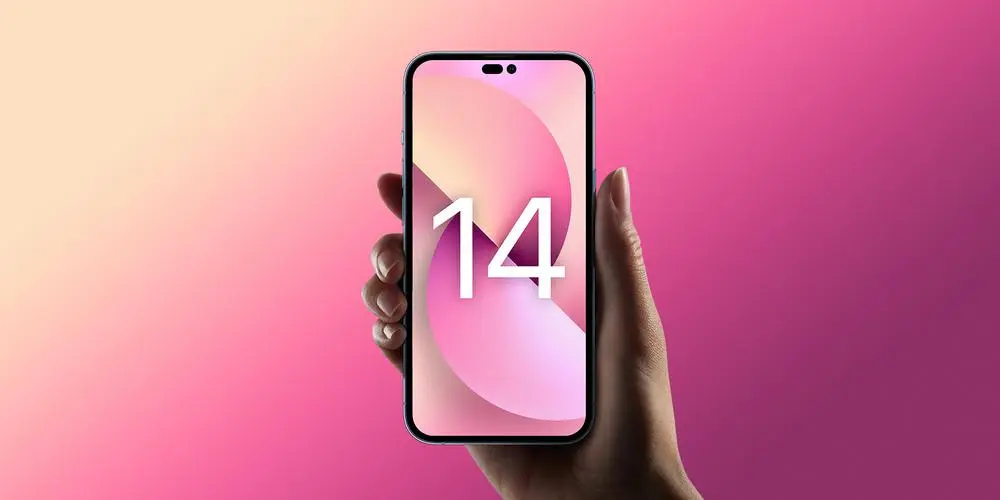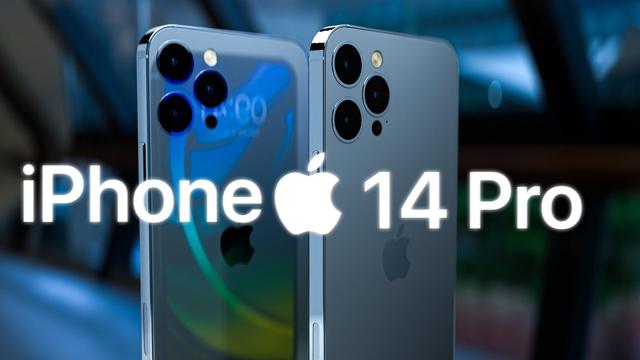The pressure of creating iPhone content is quite high every year. On the one hand, the iPhone is updated once a year, and from its release to its launch, the attention level will always be high. On the other hand, as an industry benchmark, every generation of Apple’s iPhone is scrutinized under a microscope, and the iPhone 14 Pro is no exception.
Some people say that Lingdong Island is an interactive innovation, while others say it is just a cover-up; Some people say that 48 million pixels is a major upgrade of the camera, while others say that Android phones already have 100 million pixels; Some people say that car accident detection is another concentrated embodiment of Apple’s humanistic spirit, while others say that this feature will never be used again in a lifetime
Many times, when we evaluate the iPhone, it seems that it has gone far beyond the product itself, but rather about what Apple has done and what it will change. But as Steve Jobs once said: relax, it’s just a phone.

How to evaluate Lingdong Island
As the biggest focus or discussion point of the iPhone 14 Pro this time, let’s start with Lingdong Island.
Many people say that Lingdong Island was designed by Apple to cover up its ugliness, to reduce the abrupt feeling caused by the exclamation mark digging holes. I do not agree with this viewpoint. The reason is simple. If it’s just to cover up, then from the iPhone X to the iPhone 13, the whole area is significantly larger than the iPhone 14 Pro. Why hasn’t Apple covered up for so many years?
Of course, if you want to say that bangs are not ugly and exclamation marks are difficult to drill and look at, then it’s not as beautiful as center drilling and true full-screen beauty, but that’s another topic. How many sensors are installed in the holes of the iPhone 14 Pro, and how many are installed in those full-screen phones? The fact that the iPhone has been like this for so many years is not that Apple cannot produce a full screen, but rather the result of countless trade-offs and balances.
Apple has made many breakthroughs in hole-less technology in recent years. The bangs of the iPhone 13 series have been reduced by 20% compared to before, and the original depth camera system of the iPhone 14 Pro has been reduced by 31% based on the iPhone 13, which has achieved the exclamation mark of a smaller overall hole digging area. In addition, the American version of the iPhone 14 has also removed the SIM card slot opening.
I am not sure if there is a necessary connection between the exclamation mark digging hole and the birth of Lingdong Island, but what can be certain is that Lingdong Island has fully utilized the advantages of Apple’s software and hardware integration, almost completely blurring the boundary between hardware and software. Whether it is operation or experience, there is no need to distinguish where hardware starts and where software ends.
In principle, this is not a difficult feature to imitate, and we can predict that the Android camp will soon learn from Lingdong Island, but the final effect is unknown.
Now everyone knows that the main functions of Lingdong Island are three: 1. Display notifications, for example, after inserting a charger, the battery level will be displayed immediately; 2. View real-time activities, such as listening to songs or checking where the dedicated car is at any time after third-party app adaptation; 3. Control the backend app, note that this is achieved without affecting the current application interface, such as switching FaceTime cameras while watching PPT.
After experiencing it for a week, if you want to say whether it’s necessary to replace the iPhone 14 Pro for Lingdong Island, then it’s not necessary because it’s not a pain point feature. However, when I returned to the iPhone 13 without Lingdong Island, I felt not used to it and always felt like there were some shortcomings.

Compared to the functionality itself, what I am more interested in is the operation of Lingdong Island, where every window, every frame of animation, and every interaction are done very vividly, sensitively, and naturally. As Apple’s Vice President of Human-Computer Interaction Design, Alan Dye, and the designer of Lingdong Island have previously stated in media interviews, Lingdong Island’s design has gathered a team of displays, industrial design, and human-computer interface from the beginning. Apple has been striving to strike a balance between practicality, functionality, and fun, as they overlap and blend into each other to form a cohesive whole.
Lingdong Island is an excellent design that blurs the boundary between hardware and software, expands the dimensions of display and operation, and reduces interference between applications. While moderately weakening the discomfort caused by digging holes, it also gives the iPhone a new way of interaction.
Of course, Lingdong Island is currently not perfect. Apart from the iPhone’s built-in app, almost all third-party applications are still being adapted and often encounter display and interaction bugs. If you have OCD, you can wait for a little one or two months before starting, and these problems should be greatly improved by then.

Is the 48 million pixels main camera of good picture quality
Another major focus of the iPhone 14 Pro is shooting, and the reason is simple – the “ancestral” 12-megapixel camera used since the iPhone 6s era has finally been upgraded to 48 million.
From some parameters, it can be seen that the iPhone 14 Pro is somewhat backward compared to the iPhone 13 Pro, such as a reduction in the aperture of the main camera and ultra-wide angle. I speculate that this may be due to the overall consideration of the lens structure. However, the addition of a second-generation sensor displacement-based optical image stabilization and light image engine has given the iPhone 14 Pro new capabilities, which are reflected in all aspects of shooting.
The second-generation sensor displacement optical image stabilization is easy to understand, but the stabilization function is stronger. As a result, Apple has added sports mode to the video shooting of the iPhone 14 Pro. The light and image engine is even more powerful. Simply put, it is Apple’s new computational photography technology, based on powerful hardware computing power and neural engine implementation, which can greatly improve the shooting effect in low-light environments.
Let’s first talk about sports modes.
The sport mode, or the anti-shake/super anti-shake mode on Android phones, is not a new feature that many phones have, and the principle is similar. It is achieved through software and hardware collaboration to counteract or weaken image jitter. The second-generation sensor displacement optical image stabilization of iPhone 14 Pro is a hardware-level guarantee, and on the software level, Apple also achieves it through image cropping.
The motion mode of the iPhone 14 Pro can be used in all focal lengths, but due to the need for cropping, the maximum resolution can only reach 2.8K 60fps. In addition, the sports mode requires high lighting requirements, and except for bright outdoor areas, there is almost always a prompt that “more lighting is needed”. Of course, it does not affect normal use, but the image quality may not be guaranteed.
The anti-shake effect of the sports mode is not as good as that of the previous handheld stabilizer. In addition, there are limitations on light and frame. If there are no specific requirements, there is no need to deliberately turn it on. The purpose of Apple’s development of this feature is to provide ordinary users with an additional option.
The 48-megapixel main camera of the iPhone 14 Pro is also very interesting. As soon as I got my phone, I casually took a few photos and uploaded them to my Mac, but the result was still 12 million pixels. Upon investigation, it turned out that Apple also used a four-in-one pixel sensor, which combines four pixels into one, so the output is still 12 million pixels.
However, I couldn’t find the 48 million pixel switch on the shooting interface until I entered the settings menu and opened the Apple ProRAW format in Camera Format Photo Shooting before setting the resolution to 48MP. That is to say, only photos taken in Apple ProRAW format have 48 million pixels.
Alright, that’s all for today’s sharing. Next time, I will update my user experience.
